What Should You Do If Your Check Engine Light Comes On?
Seeing the dreaded check engine light (CEL) come on can give anyone a moment of panic. It happens to millions of drivers each year. However, a trip to the mechanic isn’t always necessary.
Whether your CEL is on right now or you want to know what to do in the future, keep reading to learn what this light means and what you should do. It could be as simple as a loose fuel cap.
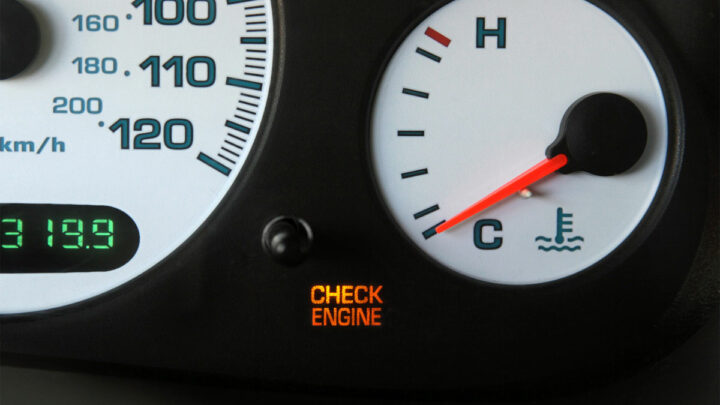
What Does “Check Engine Light” Mean?
While the old running joke is to pop open the hood and verify the engine is still there, it is important that you actually know what a check engine light means. If your vehicle’s check engine light comes on, it means that one of the engine parameters is different than what it should be.
Your vehicle recognizes everything that’s going on with different sensors, and when one of those readings is different than what the computer in the vehicle says it should be, the check engine light turns on.
It’s important to note that there are two types of check engine lights: a steady light means a less serious condition while a flashing check engine light means you need to stop driving immediately!
What to Do If the Check Engine Light Comes On
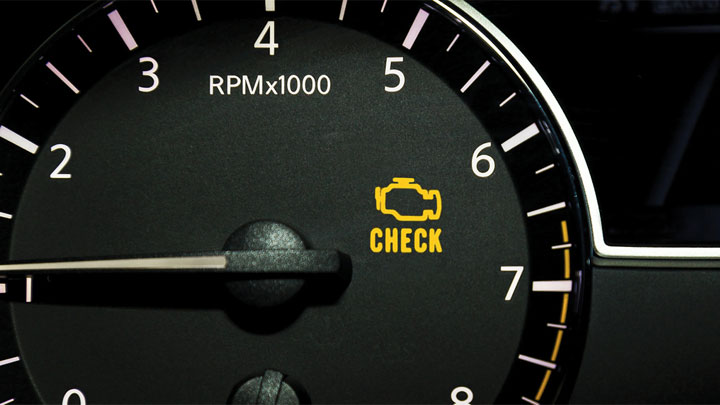
Each check engine light has an underlying diagnostic trouble code, and the only way to know what you need to do is to read the code using an OBD2 scan tool (or get someone to read it for you). The good news is that auto part stores like AutoZone will read the code for you for free!
However, keep in mind that often they’ll print something out for you recommending a part to replace, which may or may not fix your problem. These stores make money by selling parts, even if it’s not the best choice for your vehicle.
Instead, we recommend checking back here with the engine code, and there’s a good chance we have the perfect guide that breaks down everything you need to do.
Of course, if you’re not the handy type and don’t think you can fix it yourself, there’s nothing wrong with scheduling an appointment with a repair shop and taking your vehicle there.
Most Common Issues That Trigger the Light
While there are hundreds of potential causes for a check engine light, some are more common than others. With that in mind, we’ve highlighted five of the most common causes of a check engine light for you here.
#1 – Loose Fuel Cap
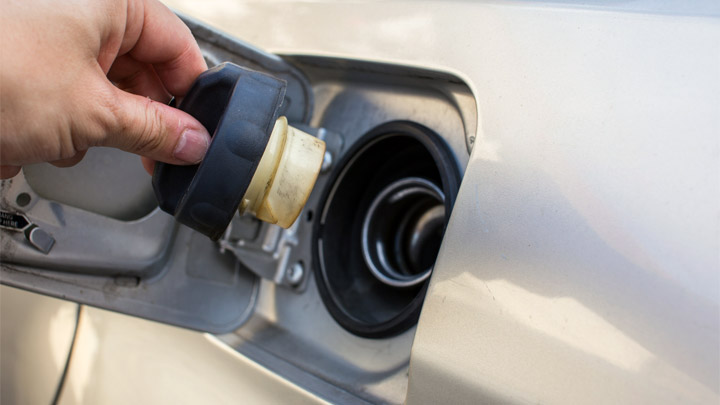
If you recently filled up your vehicle and the check engine light came on, the problem could be as simple as a loose or faulty gas cap. The good news is that this is about as easy as it gets to fix, so just check to make sure you put the fuel cap back on or see if you can tighten it a bit.
#2 – Faulty Oxygen Sensor
Oxygen sensors typically last between 30,000 and 50,000 miles, and when they wear out, your vehicle will turn on a check engine light. Keep in mind when you replace one oxygen sensor, it’s always best to replace them all at the same time.
#3 – Bad Spark Plug
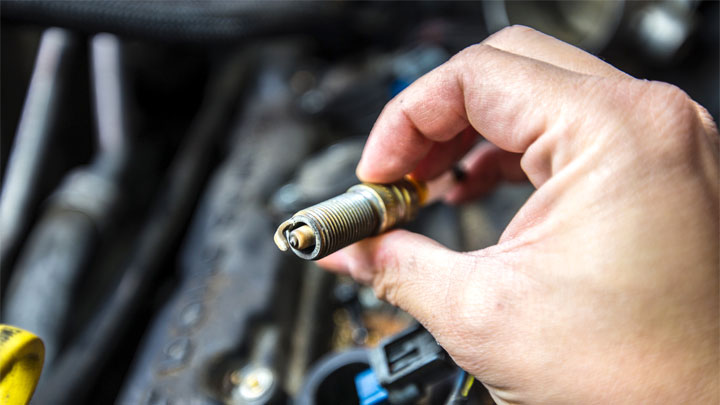
Spark plugs don’t last forever. The truth is that most spark plugs last 60,000 miles or less, and they’re a wearable part so it’s only a matter of time until you need to replace them. However, you can go with higher-quality spark plugs, so they’ll last a bit longer the next time around.
Even if it turns out that spark plugs aren’t the cause, it’s still a good idea to check their condition as one of more may be on its way out.
#4 – Defective/Missing Catalytic Converter
Catalytic converters have gotten much better in newer vehicles, but in many older vehicles they still only last about 100,000 miles. In newer vehicles, they can last twice this long, but it’s still only a matter of time until you need to replace a catalytic converter.
If you are an unfortunate victim of catalytic converter theft, your check engine light will turn on as well. While you may be able to drive without one, an illuminated check engine light would only be one consequence.
#5 – Dirty or Damaged Mass Airflow Sensor
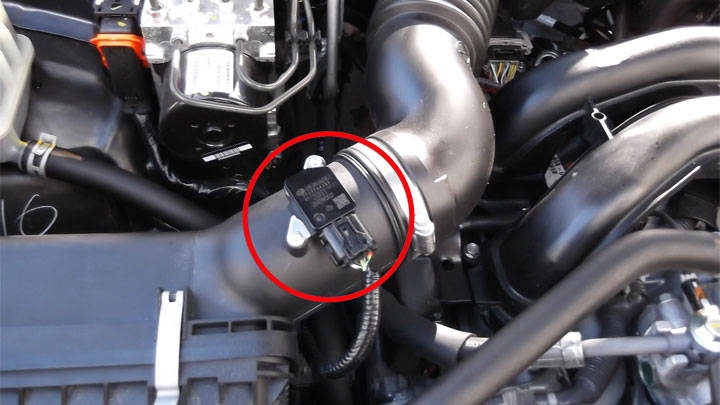
Mass airflow (MAF) sensors are another wearable part, and if your vehicle has about 100,000 miles on it, it’s very likely you’ll need to replace the mass airflow sensor. Fortunately, most MAF sensors are fairly inexpensive and most individuals can easily replace one on their own.
Typical Repair Costs
While the exact repair cost of a check engine light depends on why it turns on, most of the time, you can get all the parts you need to fix it yourself for under $300. For instance, most oxygen sensors cost about $300, spark plugs cost about $100, and mass airflow sensors cost under $250.
However, while this is the typical cost, sometimes the actual expenses can be much more. For instance, if your vehicle needs a new catalytic converter, it can set you back $2,000 in some cases! Of course, all these estimates are if you repair them yourselves, if you’re getting a professional to do it for you it’s going to cost a bit more for labor.
If the Car is Running Fine, Can I Ignore the Check Engine Light?
No! Just because you can’t hear or feel anything doesn’t mean everything works the way it should. The check engine light is telling you there’s a problem, and if you ignore the problem, it’s only going to get worse.
That means while you might not be able to feel or hear the problem now, if you ignore it, there’s a good chance in the future you will. And not only will you start to feel it in the future, but if the damage spreads, it can be a far more expensive repair.
Fix it now, and you can save yourself a ton of time and money compared to ignoring the problem and hoping it goes away on its own.
Will the CEL Eventually Turn Off By Itself?
While it’s technically possible for a check engine light to turn off by itself, it’s incredibly rare. That’s because the only way for the check engine light to go off is for the underlying condition to stop presenting itself.
While this can happen, unless you do something to fix it, then it’s highly unlikely for the light to go away all by itself.
And sure, you can simply clear or reset the check engine light, but if you didn’t actually fix the cause, expect that light to come back on in the near future in the majority of cases.
Diagnosing the Issue
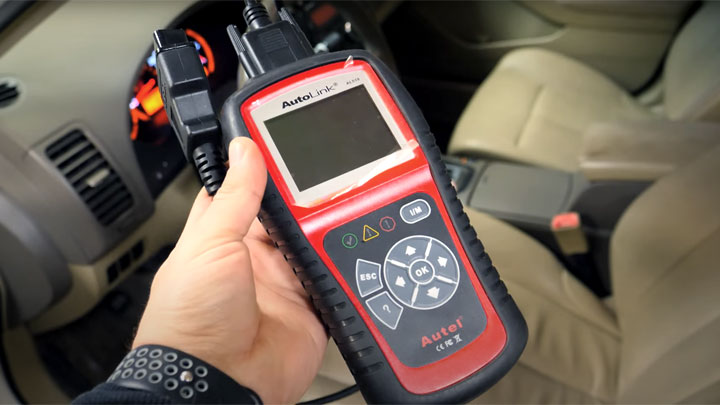
The first step to diagnosing any check engine light is to figure out the underlying code. You should start by taking your vehicle to an automotive repair shop and see what the code is. If you have a code reader (it’s a great investment as one use will often pay for itself), you can save time by finding it yourself.
Once you know what the stored code is, reset the code and drive your vehicle around a bit to see if it comes back.
If it does, go ahead and check our site for the corresponding code and follow the directions we’ve outlined. If you can’t find the code it’s probably because it’s a less common one., although you will need to do a bit more research on where to start or take your vehicle to a professional repair shop.
Preventive Measures and Maintenance
The best thing you can do about a check engine light is keep one from coming up in the first place. To do this, you need to keep up with preventative maintenance actions like oil changes, transmission flushes, and more.
Don’t rely on the dealer to tell you what to do though, take a look at the vehicle’s owner’s manual for the recommended scheduled maintenance actions. Spending a little more upfront to complete all these tasks can save you a lot of money and frustration in the long run, and they can help you keep your vehicle on the road longer.
- P0521 Code (Symptoms, Causes, How to Fix) - Mar 22, 2024
- How to PROPERLY Clean 5 Types of Steering Wheel Materials - Feb 19, 2024
- What Should You Do If Your Check Engine Light Comes On? - Nov 6, 2023
